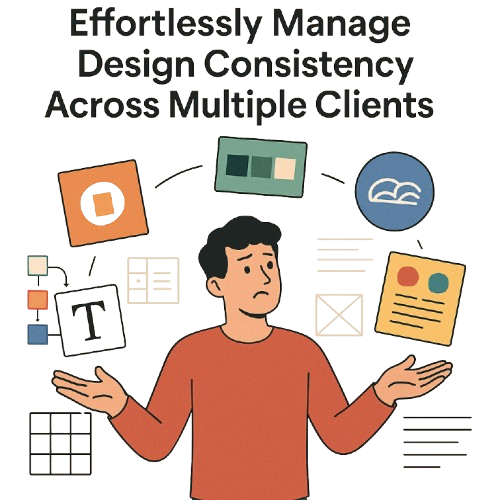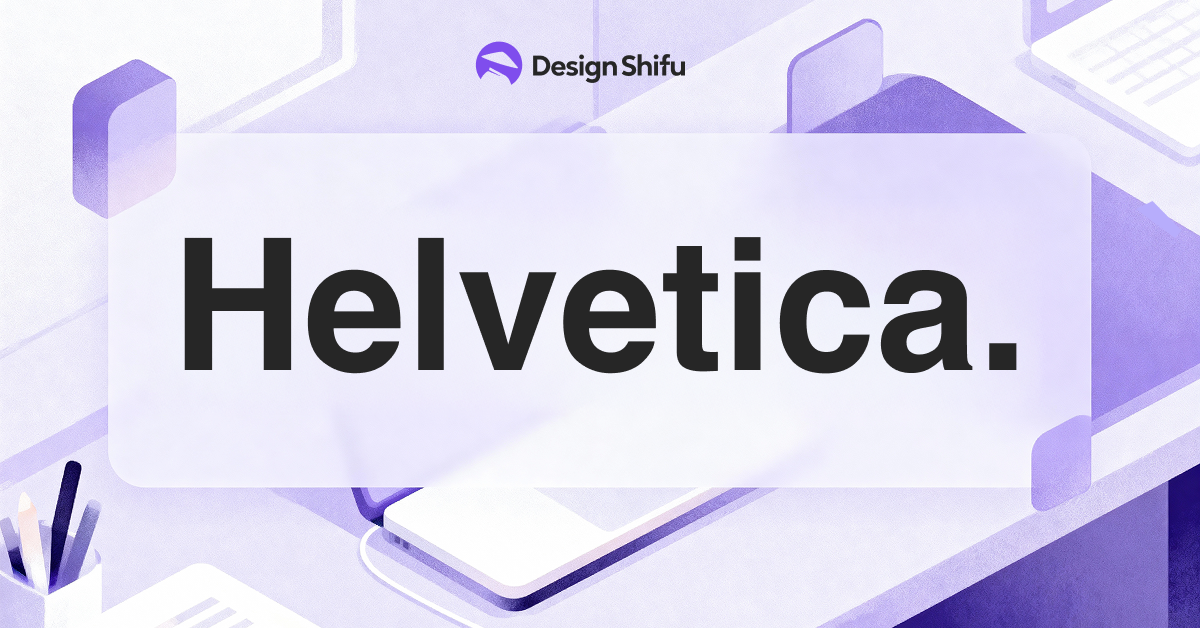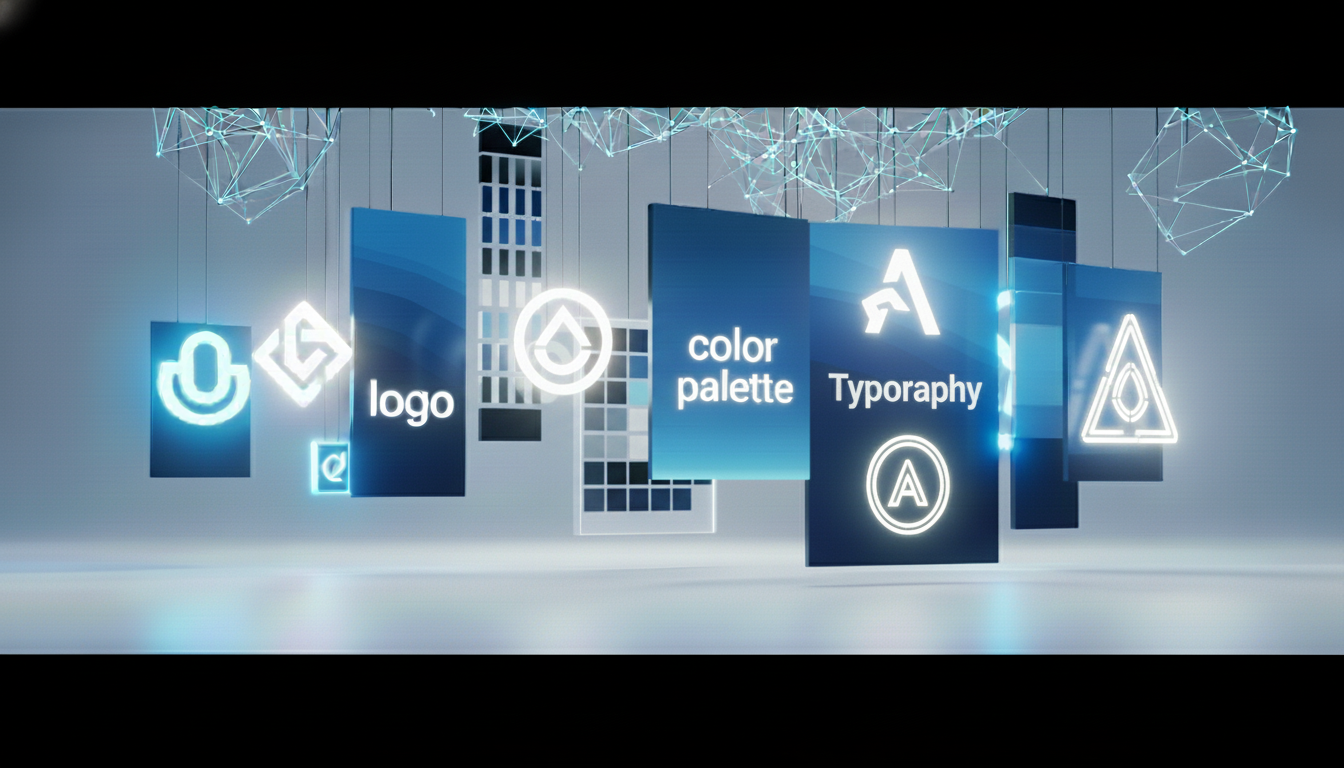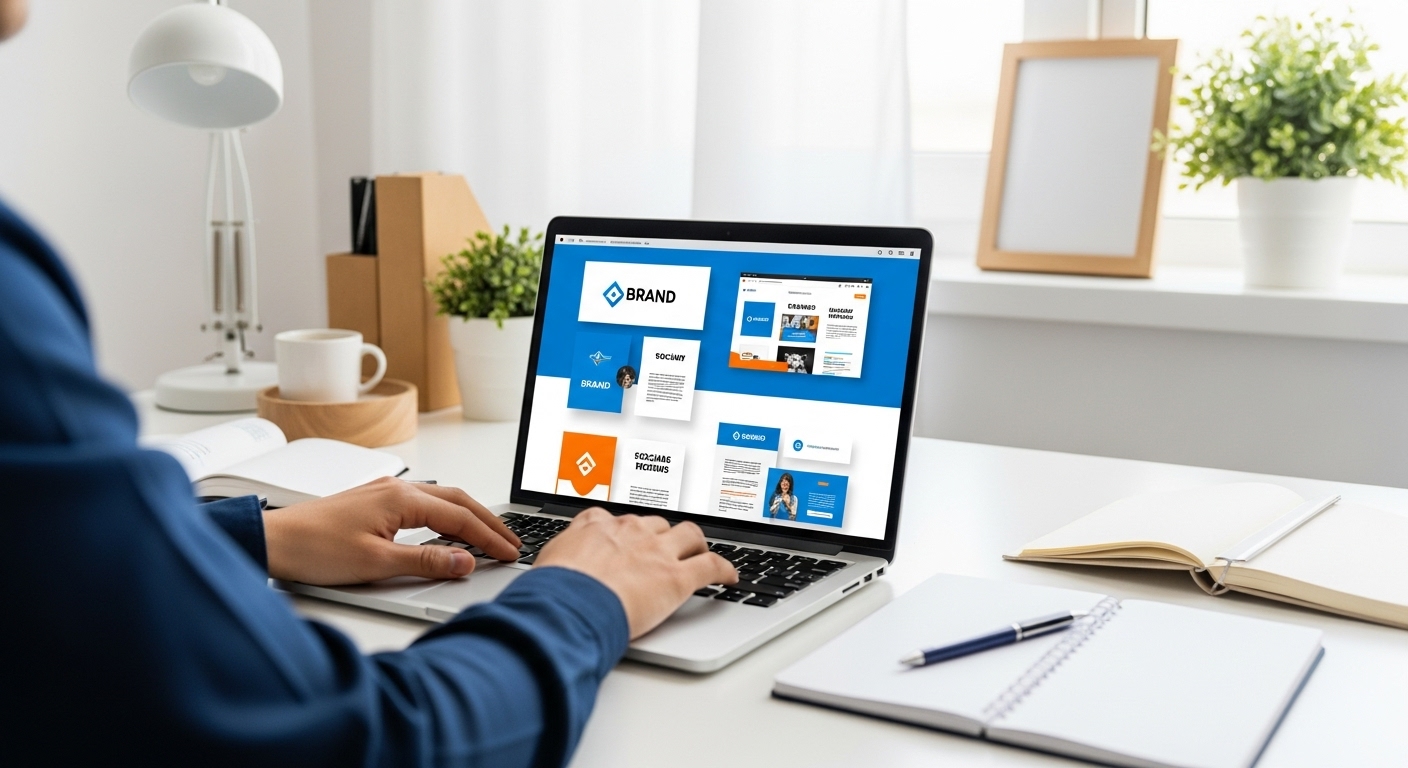Inconsistent design across clients is the silent killer of creative productivity. If you’re juggling five brands with five different styles, systems, and expectations chaos is inevitable. But it doesn’t have to be. If you’re trying to standardize design across multiple clients, you’re probably feeling the friction endless context switching, inconsistent output, and mounting creative fatigue.
It’s a common struggle for creative teams managing several brands with wildly different expectations. But here’s the truth: without a clear system to standardize design across multiple clients, you’re not just wasting time, you’re bleeding profit, burning out your team, and jeopardizing quality.

Fortunately, standardization doesn’t mean sacrificing creativity. With the right frameworks, it unlocks it. With client rosters growing and expectations soaring, mastering the art of design standardization isn’t just a nice-to-have skill it’s the difference between thriving and merely surviving in today’s competitive creative landscape.
Research from the Creative Management Report shows that agencies spending more than 60% of their time on administrative tasks and rework earn 40% less profit than those with streamlined, standardized processes.
This blog is your practical roadmap to bringing structure to the chaos. so you can streamline operations, scale smartly, and stay creatively sharp
TL;DR
- Design chaos kills productivity.
- Standardizing design across 5 clients enables creative agencies to boost profit, reduce burnout, and improve output quality-without losing their edge.
- This guide shows you how to do it with systems, tools, and frameworks built for scale.
The Hidden Cost of Design Chaos
Before diving into solutions, let’s acknowledge the true cost of design inconsistency across multiple clients. When you’re constantly switching between different brand guidelines, color schemes, and design philosophies, several issues emerge:
Creative Burnout from Context Switching
Constantly shifting between different brand identities creates mental fatigue. Your brain must repeatedly “reset” to accommodate new parameters, which:
- Reduces creative thinking capacity
- Increases decision fatigue
- Leads to more errors and oversight
- Extends production time
- Diminishes overall work satisfaction
Financial Implications
The financial impact of poor standardization extends beyond obvious inefficiencies:
- 20-30% of billable time is lost to “context switching” between clients
- Inconsistent deliverables lead to more revision requests
- Quality control becomes increasingly time-consuming
- Scaling becomes nearly impossible without proportional team growth
- Client retention suffers from inconsistent quality
Now that we understand what’s at stake, let’s explore how to standardize design across 5 clients without losing your mind through practical, actionable frameworks.
Building Your Design Standardization System
1. Create Client-Specific Design Systems, Not Just Guidelines
Most agencies have brand guidelines for their clients, but few develop true design systems. The difference is substantial and lays the groundwork for consistent, scalable design across multiple clients
What to Include in Each Client Design System:
Here’s how to build the foundational systems that make multi-client standardization possible
- Component Libraries: Reusable design elements with clear usage rules
- Decision Trees: Flowcharts for making design choices in common scenarios
- Asset Templates: Pre-approved formats for recurring deliverable types
- Visual Hierarchy Guides: Clear rules for information organization
- Pattern Documentation: Standardized approaches to common design challenges
Implementation Tip: Create a master template for your design systems that includes standard sections. Then, customize each section for individual clients rather than building each system from scratch.
2. Implement the “Core-Flex” Methodology
Instead of treating each client as a completely separate entity, adopt the Core-Flex approach to standardize design across 5 clients without losing your mind.
How Core-Flex Works:
- Core Processes: 80% of your design workflow remains identical across all clients
- Project intake
- Collaboration methodology
- Review cadence
- File organization
- Quality assurance steps
- Flex Elements: 20% is customized for specific client needs
- Brand-specific visual elements
- Communication preferences
- Approval hierarchies
- Delivery formats
- Special requirements
Implementation Tip: Document your Core processes as internal standard operating procedures, then create brief client-specific appendices detailing only the Flex elements.
3. Develop Your “Design Factory” Infrastructure
To truly standardize design across 5 clients without losing your mind, you need physical and digital infrastructure that supports consistent execution.
Essential Infrastructure Components:
- Centralized Asset Hub: Single source of truth for all client assets
- Templatized Workspaces: Standardized project environments for each client
- Naming Convention System: Universal file naming structures with client modifiers
- Status Tracking Dashboard: Consistent way to monitor progress across all clients
- Quality Control Checklists: Standardized verification processes for all deliverables
Implementation Tip: Create a visual map of your complete infrastructure system and train all team members on its usage before bringing on new clients.
Technology Enablers for Multi-Client Standardization
The right tools dramatically simplify how to standardize design across 5 clients without losing your mind. Here’s what your technology stack should include:
Essential Technology Tools:
- Design System Management
- Purpose: Centralizes reusable components for easy access across client projects
- Best Tools: Figma, Zeroheight, InVision DSM
- Key Feature: Version control with client-specific permissions
- Digital Asset Management (DAM) System
- Purpose: Organize and distribute final assets
- Best Tools: Brandfolder, Bynder, Canto
- Key Feature: Metadata tagging for cross-client asset search
- Workflow Management Platform
- Purpose: Standardize project execution
- Best Tools: Asana, Monday.com, ClickUp
- Key Feature: Templatized workflows with client variables
- Design QA Tools
- Purpose: Automate consistency checking
- Best Tools: Contrast, Stark, Axe
- Key Feature: Brand guideline rule checking
- Knowledge Management System
- Purpose: Centralize client-specific information
- Best Tools: Notion, Confluence, Slab
- Key Feature: Standardized client profiles with custom fields
Team Structure for Standardized Design Management
Your team model determines how well you can maintain consistency under pressure. These models ensure clarity, speed, and quality, even as clients scale.
How you organize your team significantly impacts your ability to standardize design across 5 clients without losing your mind.
Effective Team Models:
1. The Hybrid Specialist Model
- Core Team: Designers who work exclusively on one client
- Flex Team: Specialists who work across all clients (typography experts, motion designers, etc.)
- Best For: Agencies with a few large retainer clients alongside smaller projects
2. The Client Pod System
- Small, self-contained teams assigned to specific clients
- Each pod follows the same structure and processes
- Pods meet regularly to share learning and maintain consistency
- Best For: Agencies with 5+ substantial ongoing client relationships
3. The Production Line Model
- Team members specialize in specific stages of the process across all clients
- Each specialist becomes expert in their stage for all client types
- Standardized handoff procedures between stages
- Best For: Agencies with similar deliverables across multiple clients
Implementation Tip: Choose the structure that fits your client mix, and evolve it as your workload grows, then document the exact responsibilities and interfaces between team members.
Client Management Strategies for Design Standardization
Successfully implementing standardized design processes requires client cooperation. Here’s how to standardize design across 5 clients without losing your mind through effective client management:
Client Onboarding for Standardization
- Educational Component: Educate clients on how your systems benefit their timelines and output quality
- Expectation Setting: Clearly outline what can and cannot be customized
- Benefit Articulation: Explain how standardization improves their outcomes
- Early Wins: Deliver quick victories using your standardized approach
- Feedback Collection: Gather input on which flex elements matter most.
Client Communication Protocols
- Standardized Meeting Agendas: Same format for all client meetings
- Uniform Reporting Templates: Consistent reporting across clients
- Feedback Collection Methods: Standard processes for gathering input
- Decision Documentation: Uniform approach to recording client decisions
- Escalation Procedures: Clear paths for resolving issues across all clients
Implementation Tip: Keep your communication system as standardized as your design system—so clients always know what to expect
Maintaining Creative Excellence While Standardizing
A common concern when learning how to standardize design across 5 clients without losing your mind is that creativity might suffer. However, with the right approach, standardization actually enhances creativity.
How to Preserve Creativity Within Systems
- Time Allocation Method: Set aside specific time for creative exploration within standardized projects
- Innovation Protocols: Establish processes for testing new approaches safely
- Cross-Client Learning: Create systems for applying insights from one client to others
- Creative Reviews: Schedule regular sessions focused solely on enhancing creativity
- Skill Development: Invest in ongoing training to expand creative capabilities
Structure isn’t the enemy of creativity, it’s the foundation that gives your team freedom to innovate without chaos.
Implementation Tip: Schedule monthly “creative retrospectives” where team members share innovations and learnings from across client projects.
Scaling Your Standardization As You Grow
As your client roster expands beyond five clients, your standardization system must evolve. Here’s how to standardize design across 5 clients without losing your mind while preparing for growth:
How to Evolve Your Systems for 10+ Clients
- Process Documentation Levels
- Level 1: Core processes universal to all clients
- Level 2: Industry-specific process modifications
- Level 3: Client-specific customizations
- Automation Implementation
- Identify repetitive tasks across clients
- Develop automation solutions for common design needs
- Create self-service portals for basic client requests
- Knowledge Management Evolution
- Move from individual client documentation to knowledge patterns
- Develop taxonomies that work across all client types
- Implement cross-client search capabilities
- New Client Integration Framework
- Create a graduated onboarding system
- Develop standardized client analysis tools
- Establish clear fit criteria for your standardization model
Standardization is not a one-time project, it’s a system that must mature with your agency.
Implementation Tip: Review and refine your standardization system quarterly, with special attention to bottlenecks that emerge as you add clients.
Measuring Standardization Success
Standardization only works if you measure its impact. Here are metrics that matter.
To verify your standardization efforts are working, establish metrics that track progress. Here’s how to standardize design across 5 clients without losing your mind through data-driven improvement
Key Performance Indicators
- Time Efficiency Ratio: Deliverable Time per Client
- Revision Rate: Average Revision Rounds
- Context Switching Time: Transition Time Between Clients
- Quality Consistency Score: Quality Consistency Index
- Team Satisfaction Metrics: Team Morale Score
Implementation Tip: Create a standardization dashboard that visualizes these metrics over time, highlighting both successes and opportunities for improvement.
Troubleshooting Common Standardization Challenges
Even the best systems encounter obstacles. Here’s how to handle the most common breakdowns in your standardization system
Common Challenges and Solutions:
1. Client Resistance
- Solution: Demonstrate ROI through faster delivery and higher quality
- Implementation: Create before/after case studies showcasing standardization benefits
2. Team Inconsistency
- Solution: Develop skill-specific training programs
- Implementation: Pair designers for cross-training on standardized approaches
3. Creative Staleness
- Solution: Schedule innovation sprints within standardized workflows
- Implementation: Dedicate 10% of hours to exploration within structure
4. Process Exceptions
- Solution: Create an exception management protocol
- Implementation: Document exceptions and evaluate for potential system improvements
5. Tool Fragmentation
- Solution: Conduct regular tech stack assessments
- Implementation: Prioritize tools that support multi-client standardization
Implementation Tip: Create a “standardization improvement” channel where team members can suggest refinements to your system.
Checklist: Standardize Design Across Clients
- Build modular, client-specific design systems with templates and usage rules
- Use a Core-Flex framework to balance structure and brand-specific needs
- Implement a centralized asset hub and project templates
- Choose the right tools: Figma, Notion, ClickUp, Brandfolder
- Pick a team structure: Hybrid, Pod-based, or Production Line
- Set client onboarding expectations around process and customization
- Track metrics: Time per deliverable, revision rate, consistency score
- Review and refine systems quarterly as your client base grows
Conclusion: The Competitive Advantage of Standardized Design
Design chaos is a growth killer. When you standardize your process across multiple clients, you unlock faster timelines, more consistent quality, and a happier team, all without creative compromise.
Agencies that successfully standardize their design processes achieve remarkable benefits:
- 40% higher client retention rates
- 35% faster project completion times
- 25% higher profit margins
- 60% reduction in quality control issues
- Significantly improved team satisfaction and retention
The path to standardization requires initial investment in systems, tools, and processes, but the returns in efficiency, quality, and scalability make it well worth the effort.
Start by assessing your current standardization level, then implement the strategies outlined in this guide incrementally. Before long, you’ll wonder how you ever managed without standardization.
Are you ready to transform your multi-client design process and stop the midnight panics over inconsistent files and missed deadlines?
The standardization framework provided here offers your roadmap to calmer, more profitable client relationships and consistently excellent creative work.
Ready to bring calm to the chaos? Start implementing these systems today and build a creative business that’s scalable, profitable, and fun to run.
FAQs
1. What are the main benefits of standardizing design across multiple clients?
Standardizing design across clients boosts efficiency by up to 40%, cuts errors and revisions, prevents burnout, improves consistency, simplifies onboarding, and increases profitability.
2. How can I create effective design systems for multiple clients simultaneously?
3. What technology tools are essential for standardizing design across multiple clients?
4. How should I structure my team to effectively standardize design across multiple clients?
5. What’s the best way to onboard clients to a standardized design process?
6. How can I maintain creativity while standardizing design processes?





